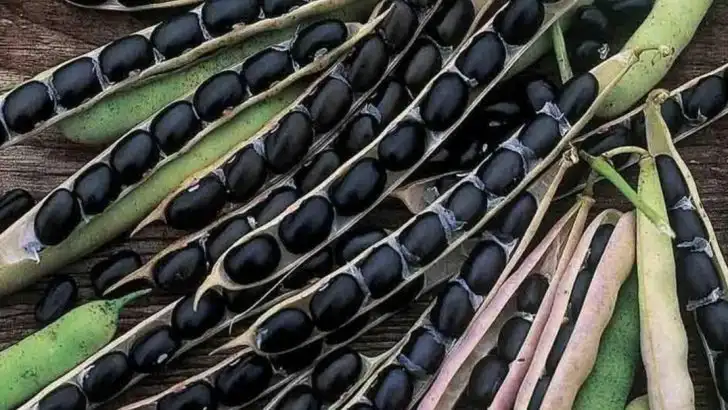Once staples in home gardens and local markets, many uniquely American vegetables have quietly disappeared over the decades. Lost to industrial farming, shifting tastes, and lack of seed preservation, these crops once offered diverse flavors, colors, and climate resilience that today’s gardens rarely see.
In this article, we’ll uncover 16 forgotten vegetables that were once widely grown across the U.S.—from regional favorites to culturally significant heirlooms. Each one tells a story about how we used to eat, plant, and live closer to the land.
Bringing them back could mean a richer garden and a deeper connection to America’s agricultural roots.
Jersey Golden Tomato
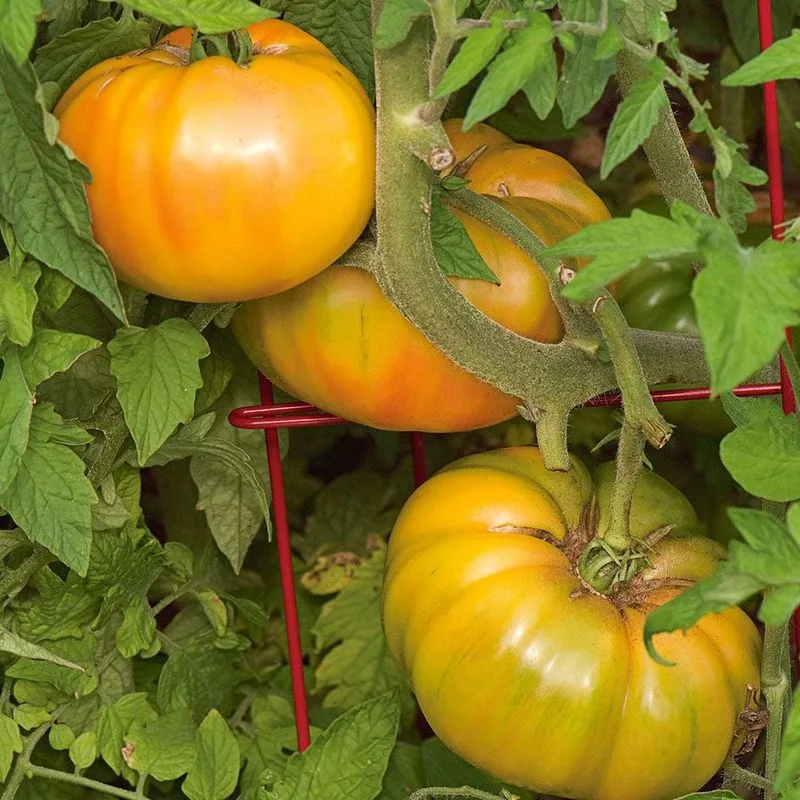
In the early 1900s, the Jersey Golden Tomato was a culinary darling, known for its vibrant color and rich flavor. These tomatoes were a staple in New Jersey gardens, brightening up salads and sauces with their golden hue. Their unique taste was a favorite among locals, celebrated for a balance of sweetness and acidity.
Sadly, modern hybrids overshadowed it, favoring red varieties for commercial production. This shift led to the golden tomato’s gradual disappearance, although heirloom enthusiasts continue to keep its legacy alive. The Jersey Golden Tomato remains a cherished memory for those who experienced its unique flavor.
Tennis Ball Lettuce
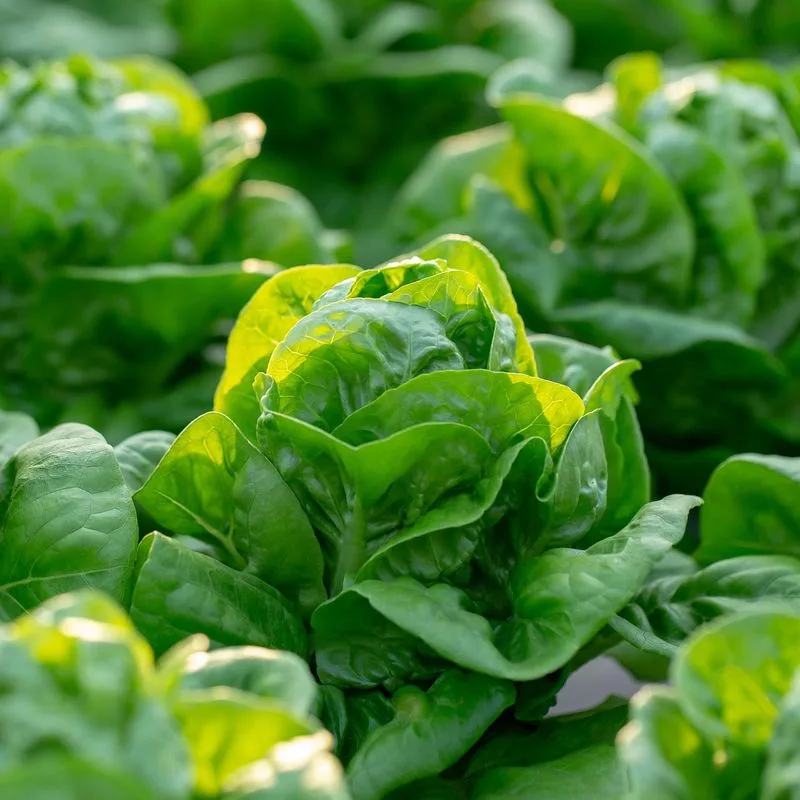
Sporting a playful name, Tennis Ball Lettuce was once a beloved choice among American gardeners. Its compact size and crisp texture made it a favorite for salads and sandwiches, offering a delightful crunch. Often grown in household gardens, this lettuce was easy to cultivate and harvest.
However, over time, larger and more robust varieties took center stage, and this charming lettuce was left behind. It’s a perfect example of how changing trends can lead to the obscurity of such delightful greens. Despite its disappearance, it’s still celebrated in niche gardening circles.
Early Blood Turnip
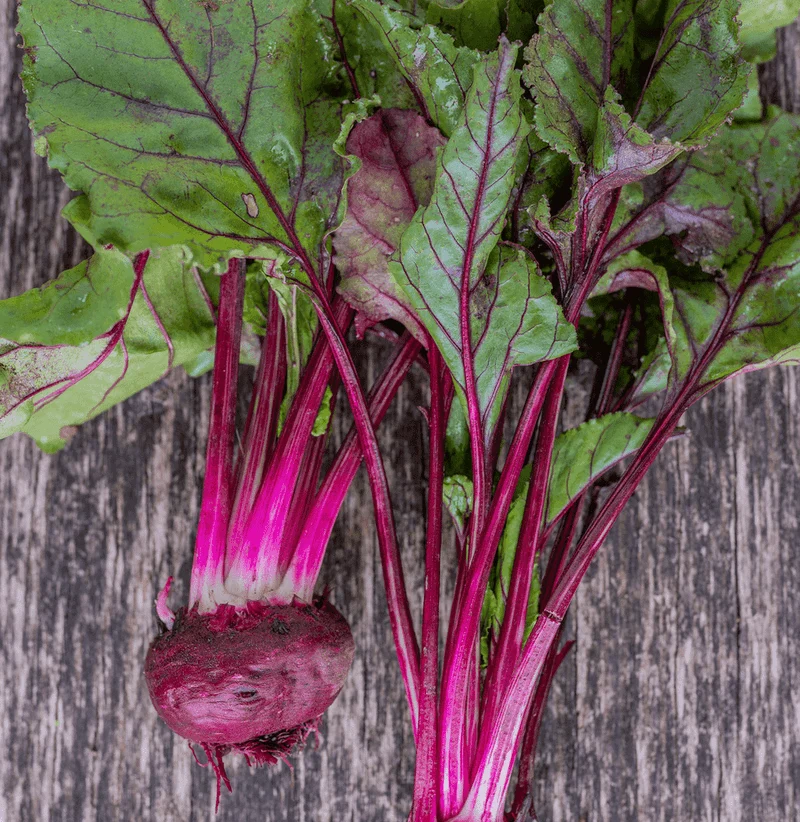
A staple of early American agriculture, the Early Blood Turnip boasted a deep red hue, reminiscent of its name. This turnip was valued for its earthy flavor and nutritious properties, often used in stews and soups. Small farms across America cherished its robust nature and reliable yield.
The shift towards more uniform and industrial-friendly crops saw its decline. Its unique characteristics, however, have not been forgotten by heirloom enthusiasts who appreciate its historical significance. The Early Blood Turnip remains a symbol of agricultural diversity that once was.
White Icicle Radish
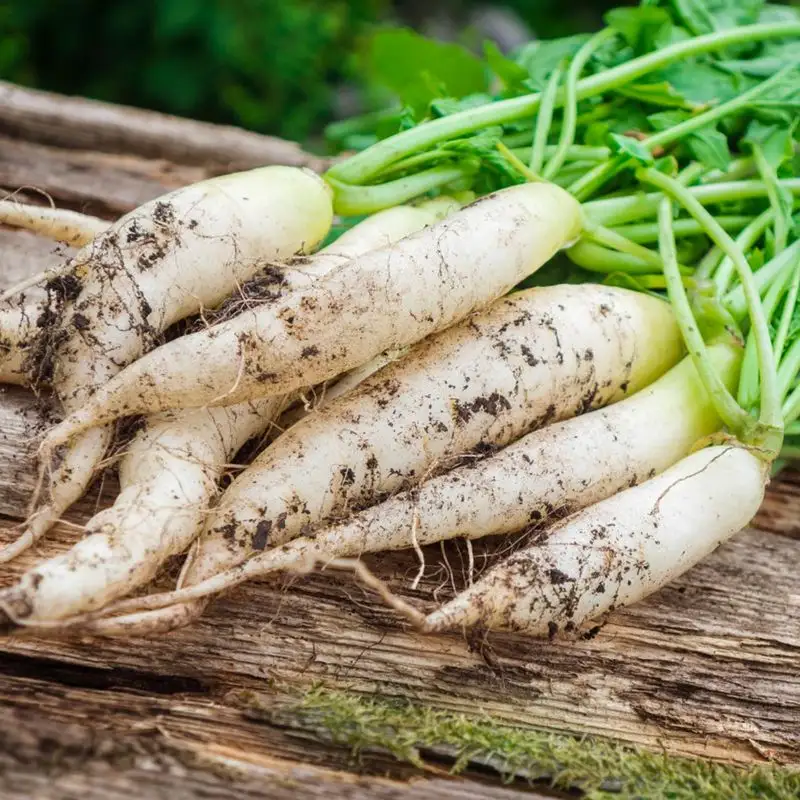
With its crisp texture and peppery bite, the White Icicle Radish was a market favorite in the early 20th century. Its slender, elongated shape and snowy white color made it stand out in any garden plot. Farmers appreciated its quick growth and versatility in culinary uses.
Despite its popularity, it was overtaken by rounder radish varieties, preferred for ease of packaging and shipping. The White Icicle Radish now finds its home among heirloom growers who value its distinct taste and historical roots, keeping this delightful radish alive in niche markets.
Crookneck Squash
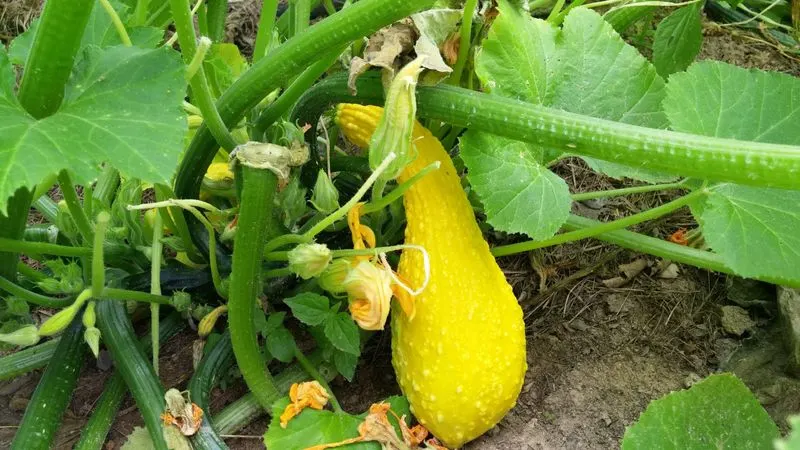
The Crookneck Squash, with its distinctive curved neck and vibrant yellow color, was once a garden staple in the American South. Its tender flesh and mild flavor made it a versatile ingredient in many traditional dishes. This squash thrived in warm climates and was a favorite for home gardeners.
However, the rise of more uniform and easily processed squash varieties led to its decline. Today, it is cherished by those who value its unique shape and taste, keeping it alive in small garden plots and farmer’s markets.
Chase’s White Spine Cucumber
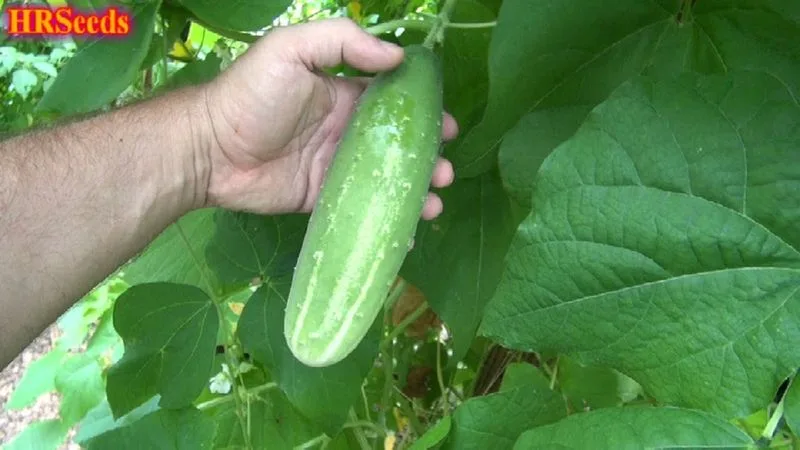
Once a cucumber connoisseur’s delight, Chase’s White Spine Cucumber was known for its excellent crunch and mild flavor. Its light green skin dotted with white spines made it visually striking. Perfect for pickling and fresh eating, it was a favorite among home gardeners.
The advent of seedless varieties and those bred for transport durability led to its decline. Yet, in heirloom seed catalogs, this cucumber remains a favorite for those seeking to preserve history in their gardens, offering a taste of a bygone era.
Dwarf Horticultural Bean
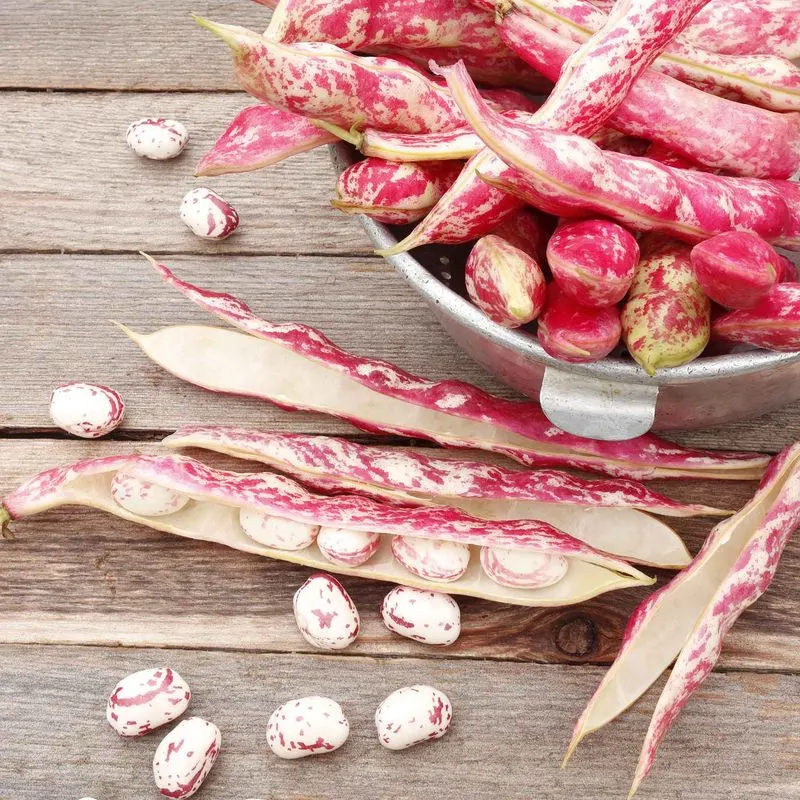
Dwarf Horticultural Bean, with its distinctive speckled appearance, was once a staple in American kitchens, known for its hearty flavor and versatility. These beans were ideal for soups, stews, and baked dishes, offering a rich, satisfying taste.
Over the years, larger and more commercially viable bean varieties overshadowed them, leading to a decline in their cultivation. However, they still hold a special place in the hearts of heirloom gardeners who appreciate their unique texture and taste, ensuring that these beans remain a part of America’s agricultural heritage.
Boston Marrow Squash
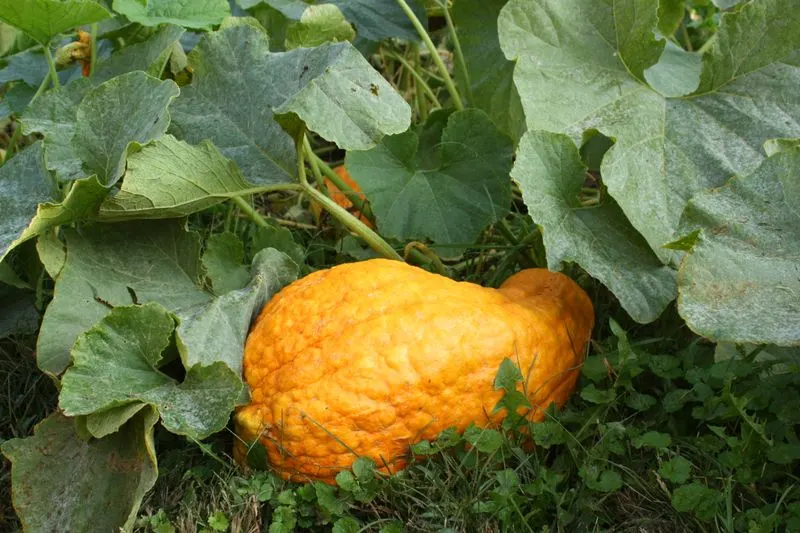
Boston Marrow Squash has a storied history, once celebrated for its sweet, rich flesh that was perfect for pies and soups. Originating in the 19th century, it became a staple in New England cuisine. Its bright orange skin and large size made it a striking addition to any pantry.
As new squash varieties emerged, Boston Marrow fell out of favor, overshadowed by squashes that were easier to grow and store. Yet, this heirloom continues to be grown by enthusiasts who cherish its creamy texture and delightful flavor, keeping its legacy alive.
Red Ripper Peanut
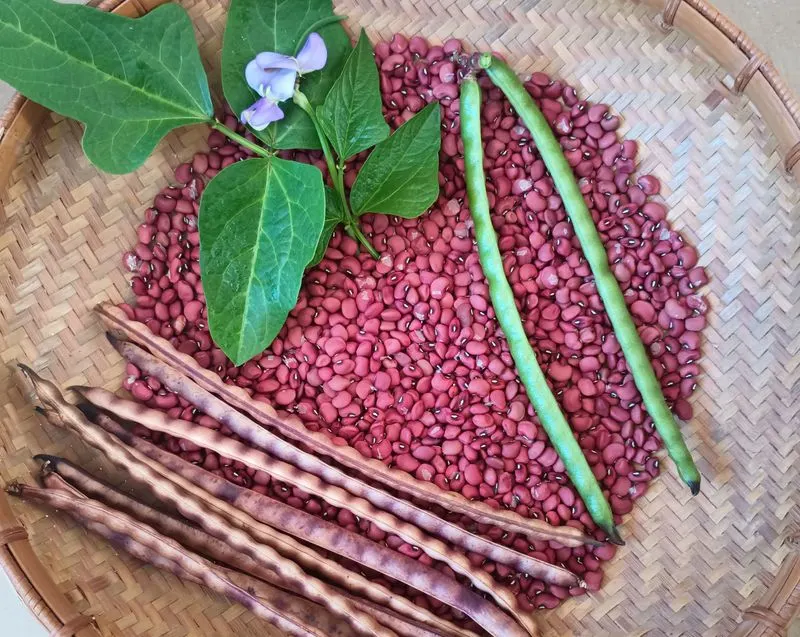
The Red Ripper Peanut, with its distinctive red skin, was a Southern favorite, known for its rich, nutty flavor. It thrived in the warm climates of the South, where it was often used in traditional dishes and snacks.
As commercial peanut farming grew, more uniform varieties took precedence, leading to the decline of this unique peanut. Nonetheless, the Red Ripper remains a beloved choice for those seeking to preserve traditional Southern flavors, offering a taste of history with each bite.
Scotch Kale
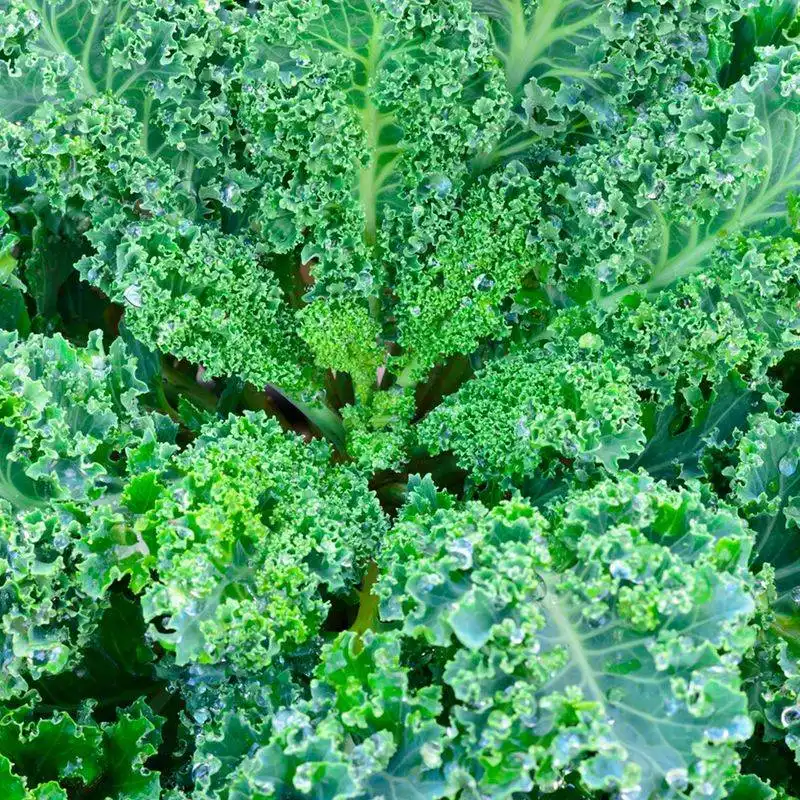
Known for its hardiness, Scotch Kale was once a common sight in American gardens, valued for its robust flavor and nutritious qualities. This kale variety flourished in cooler climates, making it a reliable crop for year-round harvests.
Modern kale varieties, bred for tenderness and varied colors, have largely replaced Scotch Kale. Yet, those who appreciate its rich history and earthy taste continue to cultivate it. This resilient green stands as a testament to the diversity of traditional American crops.
Jenny Lind Melon
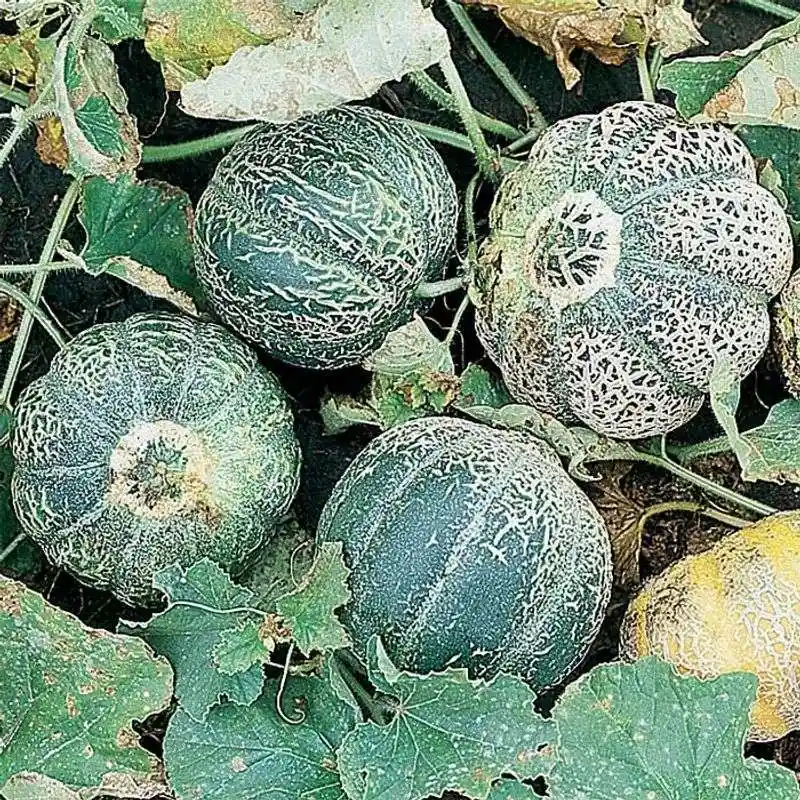
Named after the famous Swedish opera singer, the Jenny Lind Melon was a 19th-century favorite. Its sweet, juicy flesh and unique netted skin made it a popular choice for summer desserts. Often found in home gardens, this melon was celebrated for its refreshing taste.
As new melon varieties were developed, this charming fruit gradually faded from the spotlight. However, its legacy endures among heirloom gardeners who appreciate its historical significance and delightful flavor, ensuring it remains a part of America’s horticultural tapestry.
Sugar Drip Sorghum
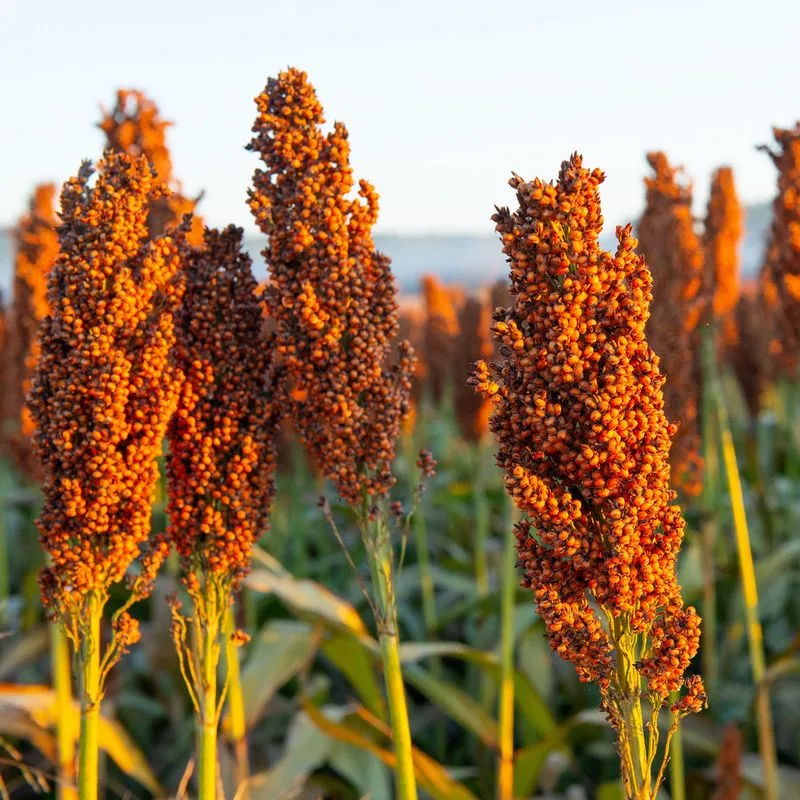
Sugar Drip Sorghum was once a prized crop in American agriculture, known for its sweet syrup and versatile uses. This variety thrived in the Midwest, where it was a staple for both human consumption and animal feed.
As corn and other grains rose to dominance, the cultivation of sorghum diminished. Yet, its unique sweetness and historical significance keep it alive among enthusiasts who value its role in traditional farming. The resurgence of interest in natural sweeteners has also contributed to a renewed appreciation for sorghum.
Black Valentine Bean
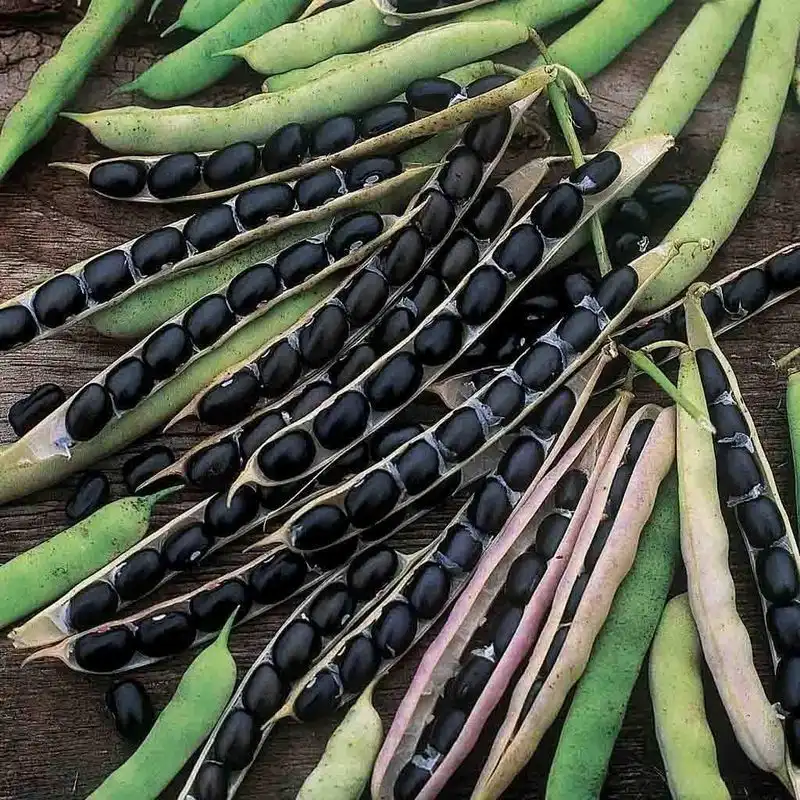
The Black Valentine Bean, with its glossy black coat, was a popular choice in American kitchens for its rich flavor and versatility. Ideal for soups, salads, and casseroles, it provided a hearty addition to many meals.
As the demand for more productive and uniform bean varieties increased, the Black Valentine Bean’s cultivation declined. However, its unique taste and historical value resonate with heirloom aficionados who continue to grow it, preserving a piece of agricultural history.
Golden Bantam Corn
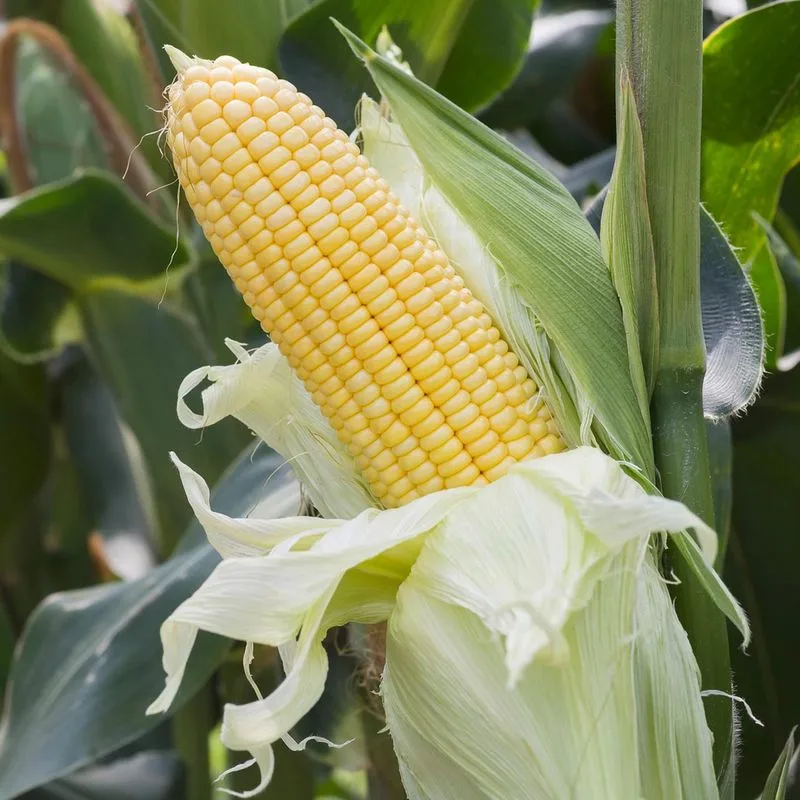
Golden Bantam Corn revolutionized sweet corn production in the early 20th century, known for its tender kernels and sweet flavor. It became a garden favorite, cherished for fresh eating and canning.
With the development of hybrid corn varieties offering greater yields and disease resistance, Golden Bantam slowly receded from mainstream agriculture. Yet, its legacy is kept alive by those who value its original taste and the role it played in shaping American corn cultivation.
New England Pie Pumpkin
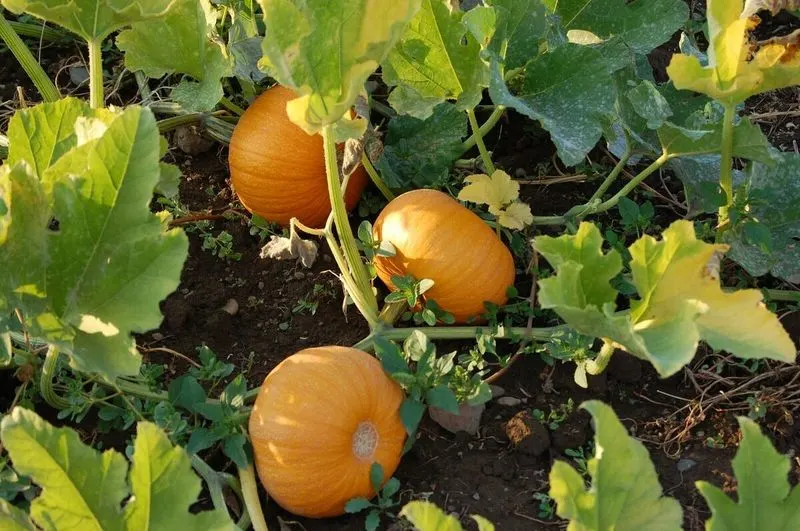
New England Pie Pumpkin was a staple in traditional American baking, valued for its sweet flesh and perfect size for pies. This variety thrived in the cool climates of the Northeast, often found in local markets during the fall.
Over time, larger and more versatile pumpkins became favored, leading to its decline. Despite this, the New England Pie Pumpkin remains a cherished choice among those who appreciate its classic taste and historical roots, ensuring it continues to be grown in niche markets.
Louisiana Creole Tomato
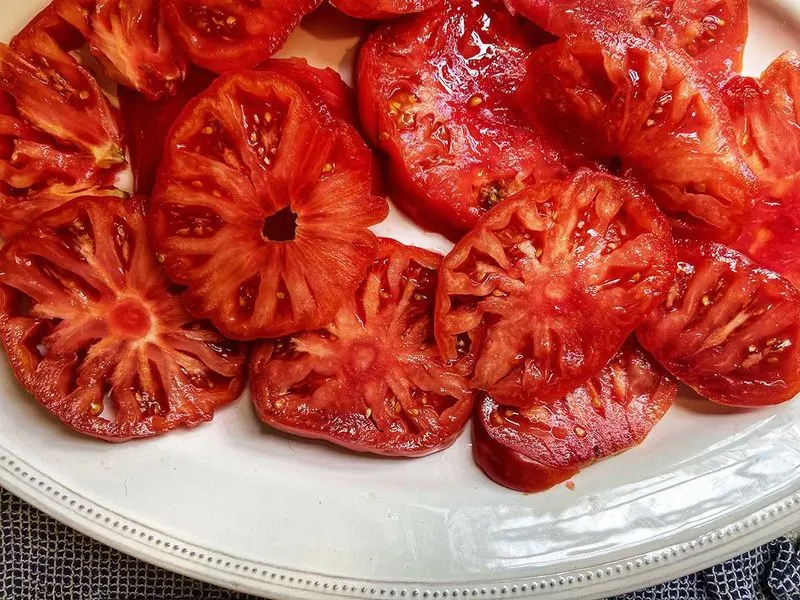
The Louisiana Creole Tomato is a symbol of Southern culinary tradition, known for its robust flavor and juicy texture. These tomatoes were a staple in Creole cooking, adding a distinctive taste to dishes like gumbo and jambalaya.
Commercial pressures and the rise of more transport-friendly varieties led to a decline in Creole Tomato cultivation. However, its rich flavor and cultural importance have kept it alive among enthusiasts who continue to grow and celebrate this Southern classic.

